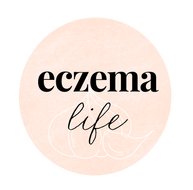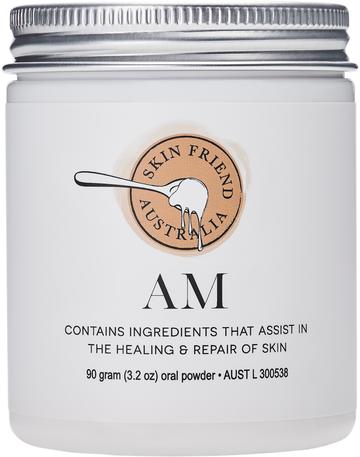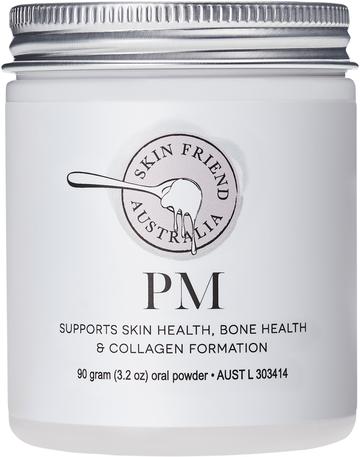Molybdenum and chemical intolerance - dosages and food sources
Eczema sufferers are commonly sensitive to sulphite-rich products including wine, grape juice and vinegar, and it could be due to molybdenum deficiency. Sulphite sensitivity signs also include hives, wheezing, asthma, discolouration of the skin, eczema, dermatitis, swelling, diarrhoea and anaphylaxis. Deficiency signs of molybdenum include acne, allergies, asthma, rapid heart rate, sulphite intolerance, multiple chemical intolerances and sensitivity to mould and yeast.
How does sulphite sensitivity occur? Molybdenum plays an essential role in activating an enzyme called sulphite oxidase (SO), which plays a key role in breaking down sulphites in the liver. Molybdenum helps the liver process sulphites, carbon and nitrogen and safely metabolizes drugs and toxins. For example, if you have a Candida albicans infestation in your gut (from eating high-sugar foods), a toxin called acetaldehyde is produced during candida die-o . This toxin can cause fatigue, foggy brain function, joint pains and skin inflammation. However, taking molybdenum can reduce the adverse symptoms as it helps the liver to deactivate acetaldehyde.
Molybdenum: dosages and food sources
| Molybdenum (also known as) |
Supplement dosages (milligrams per day) |
Eczema-friendly food sources |
|
Molybdenum trioxide |
Infants (AI) 2–3 mcg from breastmilk or hypoallergenic (dairy-free) infant formula Children + teens 1–4 years: 17–22 mcg Adults 45–67 μg (up to 150 mcg) (mcg is also referred to as μg) |
1⁄2 cup lentils: 74 mcg 1⁄2 cup dried peas: 73 mcg (avoid fresh peas) 1⁄2 cup lima beans: 70 mcg 1⁄2 cup soybeans: 64 mcg 1⁄2 cup black beans: 64 mcg 1⁄2 cup chickpeas (garbanzo beans): 61 mcg 1⁄4 cup oats: 28 mcg 2 cups cos (romaine) lettuce: 5.6 mcg^ 1⁄3 cup barley: 26 mcg 1⁄2 cup chopped carrots: 3 mcg^ 1⁄2 cup chopped celery: 2.5 mcg |
AI: Adequate Intake as per Australian Government guidelines (the RDI is the lower dose). The higher range is the therapeutic range.
^Contains salicylates (not suitable during weeks 1–3 of the FID Program).
Notes:
- Molybdenum is an essential mineral (i.e. your body does not make it) so you need to consume it in your diet. Molybdenum-rich foods are legumes, beans and lentils, so if you avoid these foods a deficiency can develop.
- People with gastrointestinal disorders, such as Crohn’s disease or gluten intolerance, can end up with molybdenum deficiency.
- Take molybdenum along with taurine, vitamin B6, vitamin B5 and zinc to help your liver detoxify chemicals.
Products
At Eczema Life, we recommend nutritionist Karen Fischer's low food chemical program (The Eczema Detox) along with additive-free supplements for skin health and wellbeing. Click on the images to view more details:




